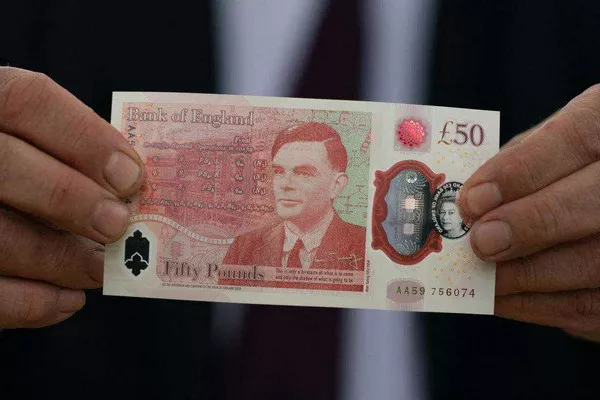In a globalized world, understanding currency exchange rates is critical for individuals, businesses, and investors alike. One of the most widely traded currency pairs is the British pound sterling (GBP) against the euro (EUR). This article aims to provide an in-depth understanding of the pound in euros, exploring the factors influencing exchange rates, the history of the pound and euro, as well as their role in international trade and investment.
An Overview of the British Pound Sterling and the Euro
The British pound sterling, often referred to as the pound, is the official currency of the United Kingdom. It has a rich history dating back centuries, playing a significant role in global finance. The euro, on the other hand, is the common currency shared by 19 European Union (EU) member states, making it one of the largest currencies in circulation.
Factors Influencing Exchange Rates
Exchange rates between the pound and the euro are determined by various economic factors. This section delves into key elements that influence these rates, including interest rates, inflation, economic indicators, political stability, and market sentiment. Understanding these factors is crucial for assessing the relative strength or weakness of each currency.
Historical Performance of the Pound and Euro
Examining the historical performance of the pound and the euro provides valuable insights into their volatility and long-term trends. This section presents an overview of significant events that have impacted their exchange rates, such as Brexit, economic crises, and monetary policies implemented by the Bank of England and the European Central Bank.
Pound-Euro Exchange Rate Mechanisms
Understanding how the pound and euro interact in the forex market is essential for comprehending the dynamics of exchange rate fluctuations. This section explores different exchange rate mechanisms, including fixed, floating, and managed exchange rate systems, shedding light on how they impact the value of the pound against the euro.
Pound-Euro Exchange Rate Forecasting
Forecasting exchange rates is a challenging task, influenced by numerous variables and unpredictable events. This section discusses various approaches used to forecast the pound-euro exchange rate, including fundamental analysis, technical analysis, and sentiment analysis. It highlights the limitations of these methods and the importance of using them in conjunction with other indicators.
The Impact on Trade and Investment
The exchange rate between the pound and the euro significantly affects international trade and investment flows. This section examines the implications for businesses engaged in cross-border transactions, exporters and importers, as well as investors seeking opportunities in the United Kingdom or Eurozone countries. It also discusses hedging strategies employed to mitigate currency risk.
Currency Conversion Strategies
For individuals or businesses involved in currency conversion between pounds and euros, adopting appropriate strategies can minimize costs and maximize returns. This section explores common conversion methods, such as spot transactions, forward contracts, and currency options, providing insights into their advantages and risks.
Conclusion:
Understanding the pound in euros is crucial for anyone operating in the global economy. This article has provided a comprehensive overview of the factors influencing exchange rates, the historical performance of the pound and euro, mechanisms that govern their interaction, forecasting techniques, and the impact on trade and investment. By deepening our knowledge of this currency pair, we can make more informed decisions in managing currency risks and capitalizing on opportunities in the foreign exchange market.


